-
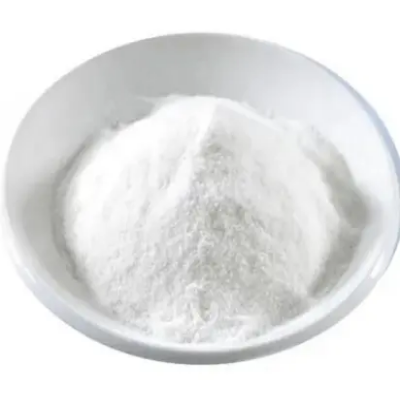
Barbituric acid CAS:67-52-7
Barbituric acid, also known as malonylurea, is a chemical compound with the molecular formula C4H4N2O3. It is a white crystalline powder that is commonly used as a building block in the synthesis of pharmaceuticals and dyes. Barbituric acid is a key component in the production of barbiturate drugs, which are central nervous system depressants, including sedatives and hypnotics.
-
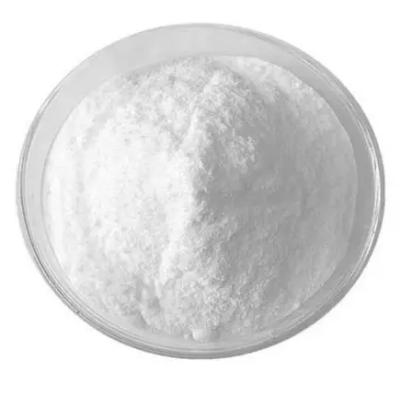
7-methoxy-1-tetralone CAS:6836-19-7
7-Methoxy-1-tetralone is a chemical compound that belongs to the class of organic compounds called tetralones. It is commonly used as an intermediate in the synthesis of various pharmaceuticals and organic compounds. 7-Methoxy-1-tetralone possesses a unique molecular structure, consisting of a tetralone ring fused with a methoxy group at position 7. This compound is known for its versatility and is widely utilized in the pharmaceutical and chemical industries.
-
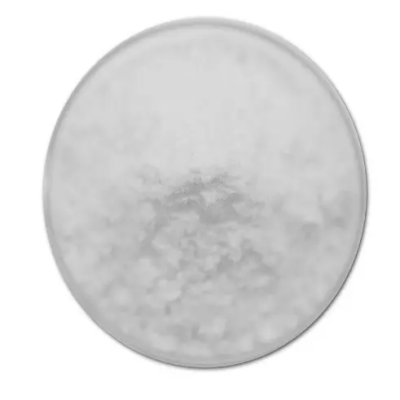
Diisopropyl malonate CAS:13195-64-7
Diisopropyl malonate is an organic compound with the chemical formula C9H16O4. It is a clear, colorless liquid with a fruity odor and is commonly used as a reagent in organic synthesis. Diisopropyl malonate serves as a versatile building block in the production of pharmaceuticals, agrochemicals, fragrances, and specialty chemicals due to its unique chemical properties and functional groups.
-
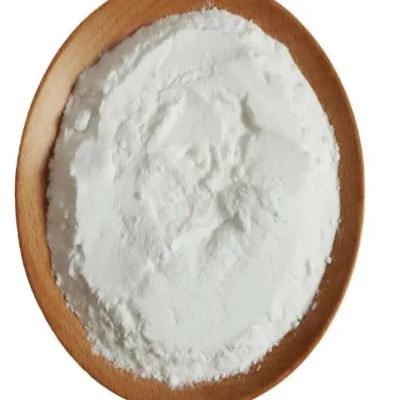
Diethyl Ethoxymethylenemalonate CAS:87-13-8
Diethyl ethoxymethylenemalonate is an organic compound with the chemical formula C9H14O5. It is a colorless to pale yellow liquid with a fruity odor, commonly used as a reagent in organic synthesis, particularly in the production of pharmaceutical intermediates, agrochemicals, and specialty chemicals. Diethyl ethoxymethylenemalonate serves as a versatile building block for the creation of complex molecules due to its unique reactivity and functional groups, making it an essential component in various industrial processes and research endeavors.
-
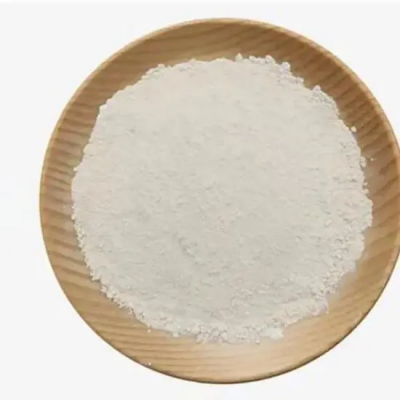
4,6-Dihydroxypyrimidine CAS:1193-24-4
4,6-Dihydroxypyrimidine is an organic compound with the chemical formula C4H4N2O2. It is a white crystalline solid with a slightly sweet odor. 4,6-Dihydroxypyrimidine is an important building block in organic synthesis and finds applications in various industries.
-
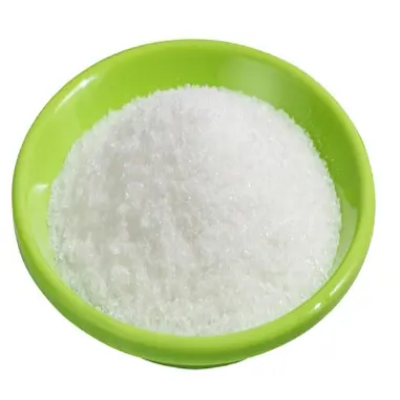
7-Methoxy-1-naphthylacetonitrile CAS:138113-08-3
7-Methoxy-1-naphthylacetonitrile is a chemical compound belonging to the class of naphthalene derivatives. It features a naphthalene ring structure with a methoxy group at position 7 and an acetonitrile functional group. This compound serves as a valuable building block in organic synthesis, particularly in the production of pharmaceuticals and agrochemicals. Its unique structure and reactivity make it an important intermediate in the creation of diverse organic compounds.
-
![(1S)-1,5-Anhydro-1-C-[4-chloro-3-[[4-[[(3S)-tetrahydro-3-furanyl]oxy]phenyl]methyl]phenyl]-D-glucitol tetraacetate CAS:915095-99-7](https://cdn.globalso.com/xindaobiotech/HSUS81DS80Y35NTEZTU247.png)
(1S)-1,5-Anhydro-1-C-[4-chloro-3-[[4-[[(3S)-tetrahydro-3-furanyl]oxy]phenyl]methyl]phenyl]-D-glucitol tetraacetate CAS:915095-99-7
(1S)-1,5-Anhydro-1-C-[4-chloro-3-[[4-[[(3S)-tetrahydro-3-furanyl]oxy]phenyl]methyl]phenyl]-D-glucitol tetraacetate is a complex chemical compound with a unique molecular structure. It belongs to the class of glucitol derivatives and finds applications in various fields, including pharmaceuticals and organic synthesis. With its distinct structural features, this compound offers opportunities for innovative research and development across different industries.
-
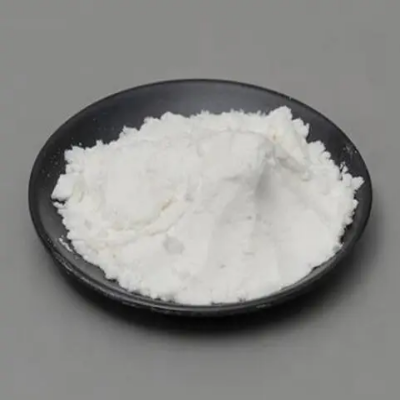
EDDHA Fe-6 CAS:16455-61-1
EDDHA Fe-6, also known as Ethylenediamine-N,N’-bis(2-hydroxyphenylacetic acid) iron(III) sodium complex, is a water-soluble iron chelate widely used in agriculture. With a molecular formula of C18H16FeN2NaO6, this compound has a strong affinity for iron and is employed as a micronutrient fertilizer to prevent and correct iron deficiencies in plants.
-
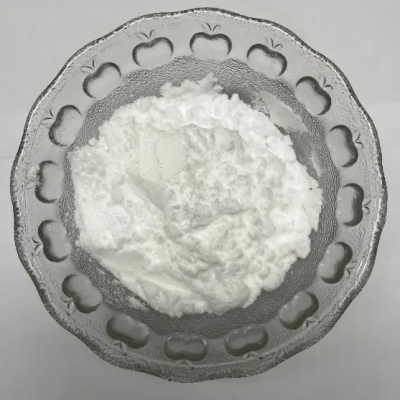
Poly(allylamine hydrochloride) CAS:71550-12-4
Poly(allylamine hydrochloride) is a water-soluble cationic polymer with versatile properties. It is commonly used in biomedical and pharmaceutical applications, as well as in materials science and coatings. Poly(allylamine hydrochloride) has a wide range of uses due to its positively charged nature and its ability to interact with various compounds.
-
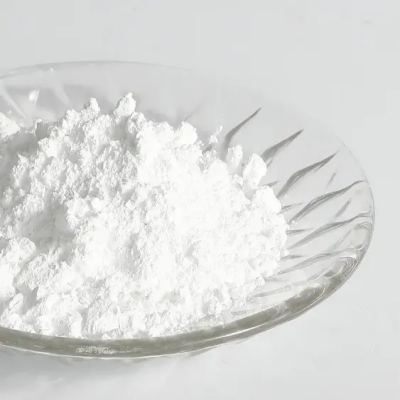
Triisopropylsilyl chloride CAS:13154-24-0
Triisopropylsilyl chloride is a chemical compound with the molecular formula C9H21ClSi. It is a reactive organosilicon compound used in organic synthesis and as a protective group for alcohols, amines, and carboxylic acids. Triisopropylsilyl chloride is a colorless liquid with a sharp, pungent odor and is highly reactive due to the silicon-chlorine bond. It is widely utilized in the modification and protection of functional groups in organic molecules.
-
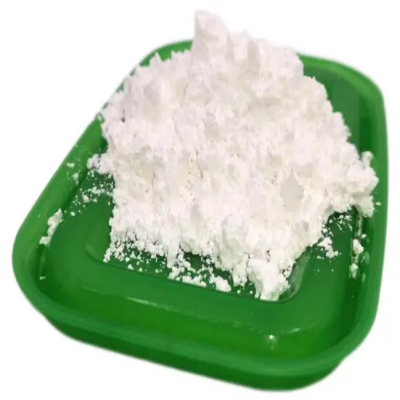
TRIISOPROPYLSILYL ACRYLATE CAS:157859-20-6
Triisopropylsilyl acrylate is a chemical compound with the molecular formula C12H22O2Si. It belongs to the class of acrylates and contains a silicon atom in its structure. Triisopropylsilyl acrylate is a colorless liquid with a characteristic odor. It is commonly used as a reactive monomer in various polymerization reactions. This compound offers good adhesion properties, flexibility, and weather resistance, making it suitable for applications in coatings, adhesives, sealants, and other polymer-based products.
-
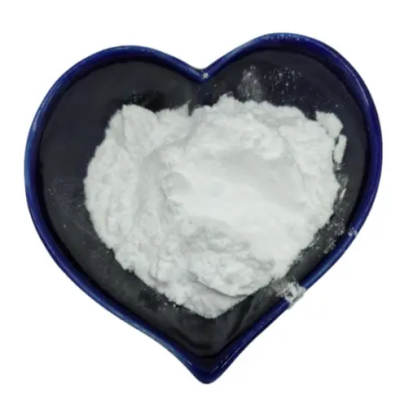
Triisopropylsilane CAS:6485-79-6
Triisopropylsilane is an organosilicon compound with the chemical formula C9H24Si. It is a clear, colorless liquid with a characteristic odor and is commonly used as a reducing agent in organic synthesis. Triisopropylsilane contains a silicon atom bonded to three isopropyl groups and is widely employed in various chemical reactions to facilitate the reduction of functional groups such as carbonyls, azides, and halogens.

